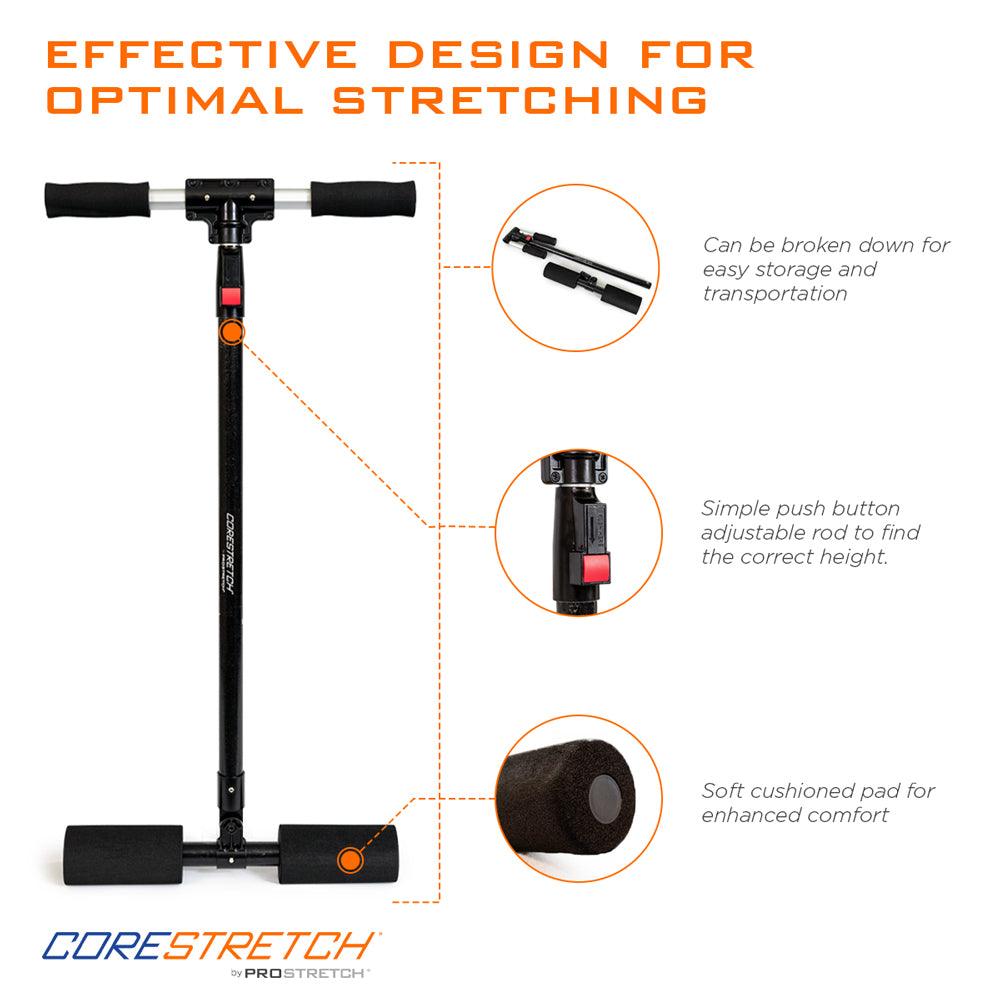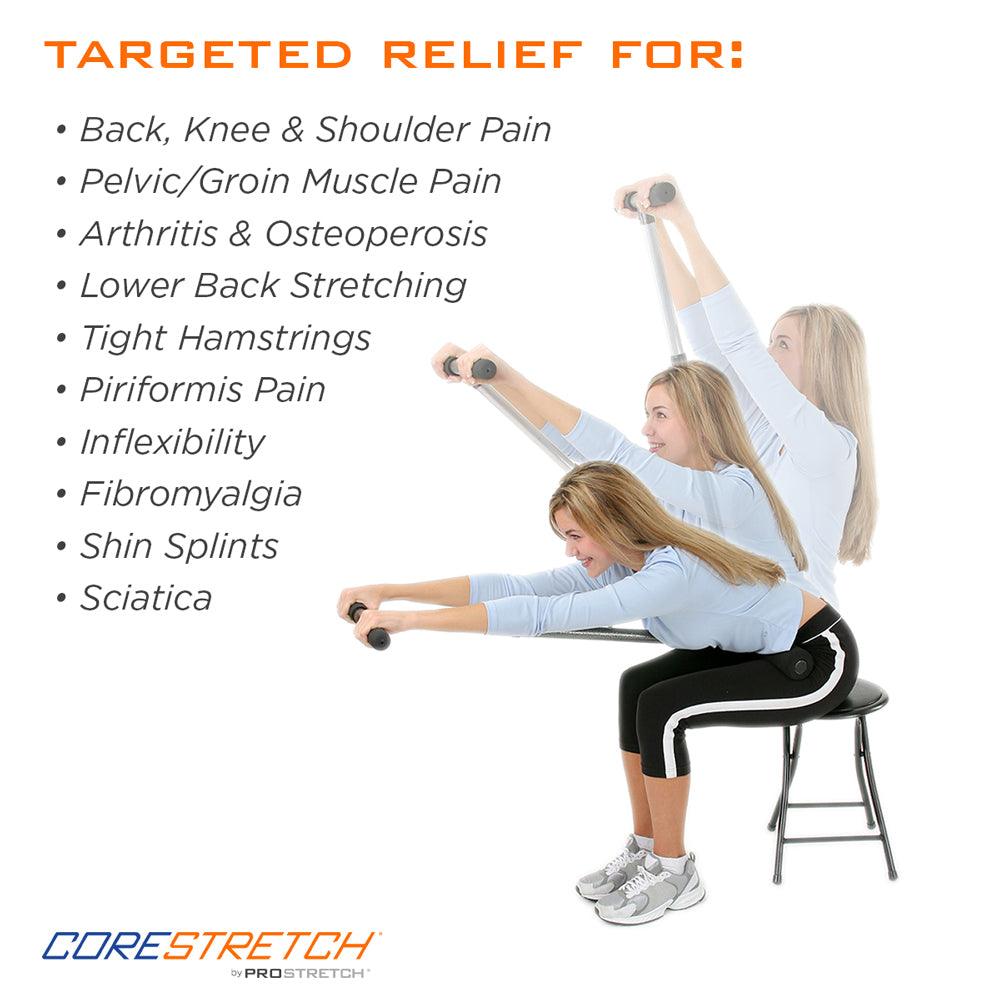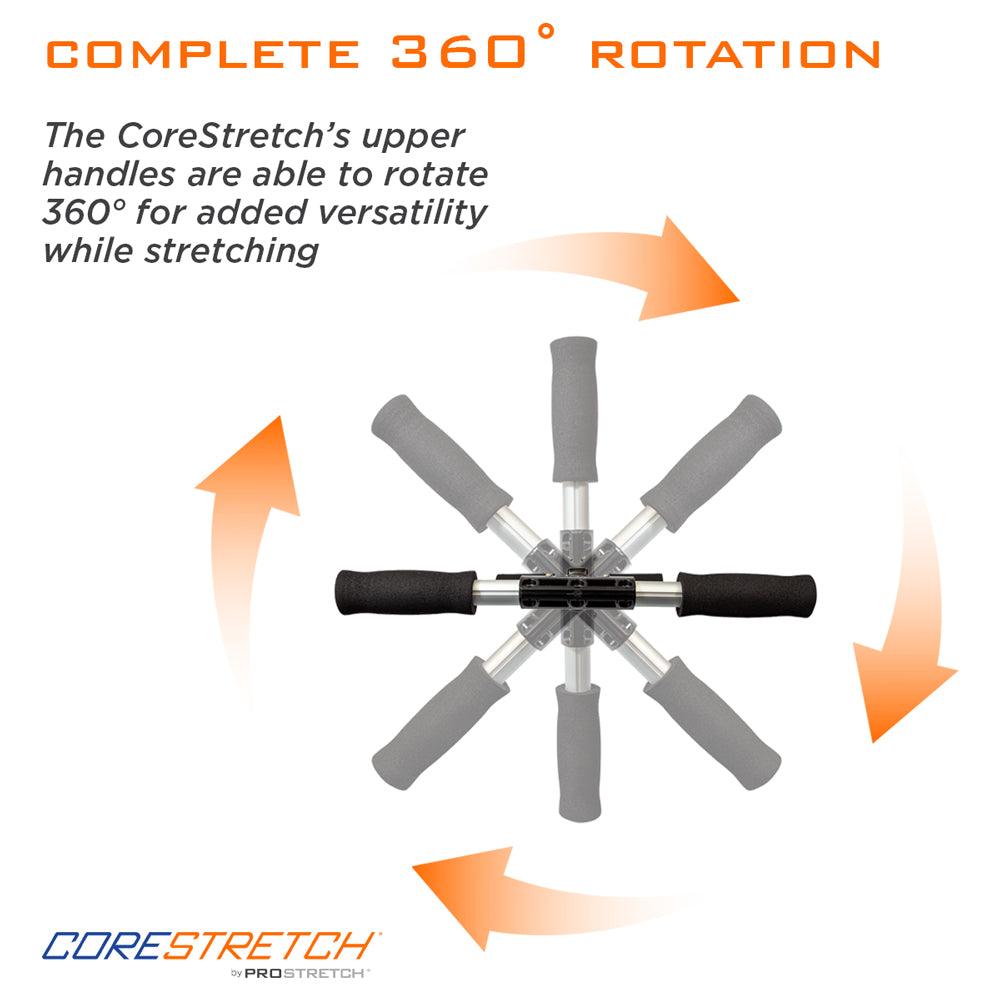We’ve spent the last few blog posts talking about the interconnective chain of muscles – how they work and how one weak link can result in a domino effect of injuries. So, how do you prevent that domino effect of injuries? The best way is to not get injured in the first place. Easier said than done, you might think, but with 5 – 10 minutes a day, spent post-exercise or before you turn in for the night, you could be well on your way to being injury-free.
We’ve highlighted five key areas for stretching that can help keep you on your feet.
The focus on calf stretching, hamstring stretches, glute stretches, core strengthening, hip flexibility, and groin stretches.
1. Calves
Your calves are the muscles that help you to plant your foot and propel you forward. Tight calves are often the root of many lower leg and foot injuries. For optimal calf stretches, focus on relaxing and lengthening your stretch. Also be sure to stretch both the inner and outer calf, as well as the muscles supporting your Achilles tendon.
2. Hamstrings
Your hamstrings help with hip extension and knee flexing during running. Hamstring injuries are tied to excessive stiffness reflecting a lack of flexibility, and are most likely to occur when you are increasing your speed or workload. Stretches for your hamstrings are best accomplished sitting or lying down so that your muscles can fully relax.
3. Quads
The powerhouse of your legs: quads are comprised of four different muscles that form the strongest muscle group in your body. They are connected to your knee and help extend the leg, so when you use your legs you use your quads. Muscle tears and knee injuries are often a direct result of having tight quads. When stretching your quads, try multiple stretches at different levels so that you are reaching all four muscles.
4. Glutes and Core
These areas keep your gait level and aligned, extending you forward when you run. Most people equate the term “core strength” with ab strength. But that’s not the case. The glutes are key supporters of your core stability. Tight glutes can be a main factor behind a change in how you walk or move, contributing to lower back pain or injury as far down as your knees or even your lower leg and foot. Stretch your core slowly and carefully to avoid straining your surrounding muscles.
5. Hip Flexors and Groin
Your hip flexors help with forward leg motion and upward knee drive, while your groin muscle pulls the legs together and help with the movement of your hip. Your hip flexors also help control your hamstrings. Tight hip flexors can restrain the glutes, and cause the pelvis to tilt resulting in lower back pain. Although the hip flexors may seem hard to reach, use an extended lunge or butterfly stretch for a good warm-up. You should not feel any pain when stretching your groin, just a gentle pull.
For more video demonstrations of stretching exercises for these 5 key areas check out our YouTube channel.
The post 5 Minutes of Stretching that Could Keep You Injury Free appeared first on Medi-Dyne.
PLEASE NOTE: The information on this website and article is for information only and should not be used as a substitute for consulting your doctor. Consult your doctor for proper diagnosis and rehabilitation.

























